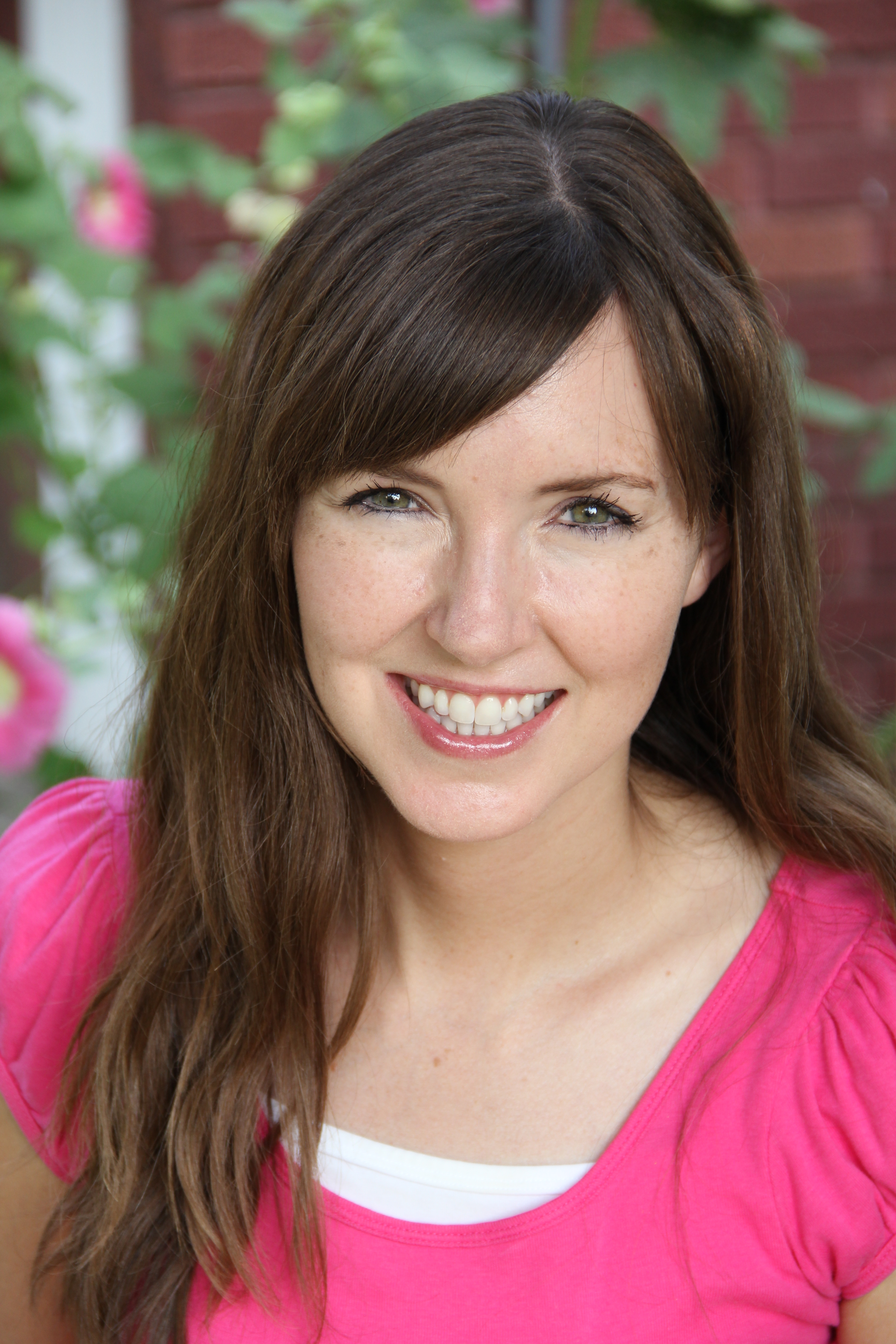Blog post – Music, the brain, and Aesthetics
Music, the brain, and Aesthetics
While studying the different ways our brain processes music and music learning, one interesting concept that I came across was that we all have a preconceived cognitive schema, not only for music, but for just about just about everything else. A schema shapes our expectations about how a certain thing should be. In simple terms, a schema is our familiarity with a particular subject. We all probably have our own schema of music. When some of us here the word “music” we might think of the latest top 40 charts, such as Wrecking Ball, and some of us might think of a Beethoven symphony. A schema is important because it frames our understanding and our interpretation of familiar aesthetic objects.
This concept is greatly applicable to music therapy. From the moment I first read about music therapy, I had a schema formed for what I thought the profession was, and it’s incredible to look back and see how much that schema has been altered and changed already. It’s safe to say that after starting my internship here, my schema for music therapy is completely different than it was before, and is still constantly changing.
Mark




